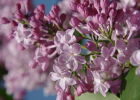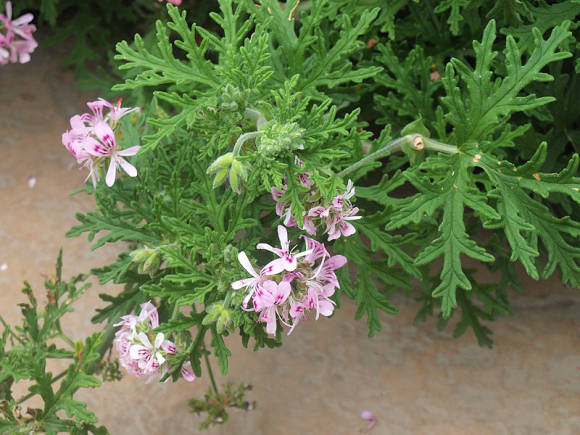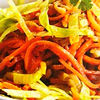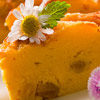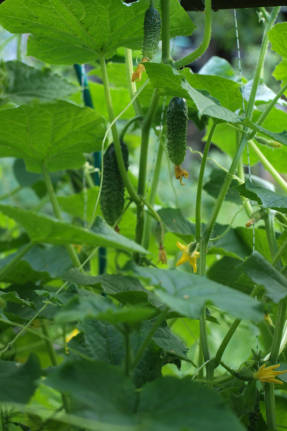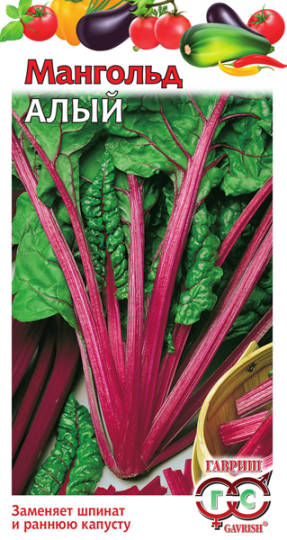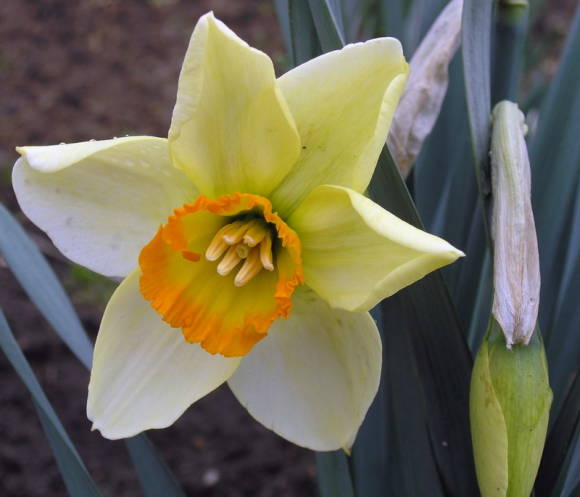
Date palms are one of the few plants that can survive in the harsh conditions of arid countries, and their culture is of great nutritional value. In these arid regions, where many branches of agriculture are practically impossible, the date palm is a good source of food, its fruits are rich in carbohydrates, and they even became part of the so-called Arabian diet.
Read more about date palms in the article The date is a palm tree.
Perhaps no other plant was depicted so often by the ancient Egyptians and Babylonians 6000 years ago. However, archaeologists are inclined that the history of this palm tree in ancient Egypt is much longer - about 14,000 years. Palm wine (the juice of a plant that was collected after cutting down old trees and fermented) was considered the best aphrodisiac and was also used to prepare ritual drinks. Well, the fruits served as food for generations of poor and rich inhabitants of this region. But is this plant revered by the entire Arab East known only as a food product?
Medicinal properties of dates
For centuries, various parts of the date palm have been widely used in traditional medicine to treat a variety of conditions that include memory impairment, fever, inflammation, paralysis, loss of consciousness, and nervous disorders. That is, for almost all occasions.

The story should begin, of course, with the fruits, which can now be found in almost any store. The chemical composition of date fruits is very diverse and multifaceted. So, the pulp contains, in addition to almost 50% of sugars (glucose, sucrose and fructose), about 2.5-2.8 g / 100 g of amino acids, including essential valine, isoleucine, leucine, lysine, histidine, threonine, histidine and methionine. Dates store a lot of potassium, which improves heart function; magnesium, which is essential for the nervous system; iron, which is necessary for hematopoiesis, and also in noticeable quantities contain calcium, copper, cobalt, fluorine, manganese, phosphorus, sodium, boron, sulfur, selenium, zinc. They are among the antioxidant-rich foods such as coumaric and ferulic acids. In addition, the pulp of the fruit contains flavonoids, sterols, carotenoids, procyanidins, anthocyanins, dietary fiber, vitamins riboflavin, biotin, thiamine, small amounts of vitamin C, nicotinic acid (niacin) and vitamin A.
Due to the high content of phenolic compounds (flavonoids and anthocyanins), as well as the presence of selenoproteins, dates are an excellent antioxidant.

A number of studies indicate the neuroprotective or cerebroprotective properties of fruits, which protect the brain from the destructive activity of free radicals, which are formed as a result of metabolism within the body and exposure to external adverse factors.
Modern research has shown that aqueous extracts of date palm fruit are able to activate erythropoiesis, maintaining an increased background of erythropoietin in the liver, thereby stimulating the bone marrow to produce more red blood cells.
Antiviral, antifungal and hepatoprotective properties were found in fetuses and not only in them.
Iranian scientists in laboratory studies have confirmed the effectiveness of the water infusion of the fruits for indigestion and diarrhea. As a result of taking an aqueous infusion of dates, spasms and the frequency of the urge to visit the "room of thoughtfulness" decreased.
But overweight people should remember that dates are very high in calories and should be eaten in moderation.
You can prepare an unusually healthy delicacy: mince the pulp of dates, walnut kernels, dried apricots and prunes in equal weight fractions through a meat grinder. You can do all this in order to remove the cloying, season with the peel of 1 lemon.And here is this delicious delicacy, one teaspoon after a meal or for tea, eat every day during the winter.
The seeds, or in common parlance, the bones, contain up to 10% fatty oil, which was used for food. It includes many of the essential fatty acids for the human body, including capric, lauric, myristic, palmitic, stearic, oleic, linoleic, linolenic and arachidonic, which can also have a wide variety of effects on the body. The unsaturated fatty acid content was about 10%. In addition, alkaloids and tannins were found in the seeds.

Date palm seeds, or rather their extracts, exhibited antioxidant and estrogenic activity, which is associated with the presence of sterols, flavonoids and tannins. Sterols were represented by β-sitosterol, campesterol, stigmasterol and β-amyrin.
Traditional medicines are now becoming increasingly important for the relief of sexual dysfunction and as aphrodisiacs. The use of herbal medicine in such cases has always been popular, especially in Asia and Africa. A herbal mixture with date palm pollen is widely used as a folk remedy for the treatment of male infertility in traditional medicine in the Middle East and North Africa. A phytochemical study has shown that date palm pollen contains sterols, triterpenes, saponins, proteins, carbohydrates, glycosides and does not contain volatile substances.
Modern research has shown that date pollen improves sperm count and sperm motility, with a concomitant increase in testicular and epididymis weight. As a result of pollen intake, the content of dehydroepiandrosterone increased, which, in turn, stimulates sexual activity. Taking pollen extract increases the concentration of dopamine. Pollen, as mentioned above, contains biologically active substances such as polyunsaturated fatty acids and sterols, which actively affect gametogenesis. In addition, it is likely that the effect of pollen extract as an aphrodisiac may be associated with the action of alkaloids, saponins, and flavonoids on the central and peripheral nervous system. One problem is that the date palm is a dioecious plant, and there is only 1 boy for every 100 "girls", that is, this very pollen still needs to be looked for. No side effects have been found with this drug. Pollen was used in a mixture with the pulp of fruits from the same dates - medicinally and nutritiously.
But female flowers, on the contrary, have a laxative effect and activate the activity of the liver.

The leaves contain alkaloids, steroids, tannins. In laboratory studies, leaf tannins have been effective in treating gonorrhea. Alcoholic and aqueous extract has antimicrobial, anti-inflammatory, anti-ulcer and analgesic activity. The extract and decoction from them showed antimicrobial effect against Staphylococcus aureus and Escherichia coli.
In addition, extracts from the leaves stimulated the formation of leukocytes and lymphocytes, which indicates an intensification of the fight against infection. At the same time, the hemoglobin content increased, which indicates the ability of the extract to have a beneficial effect on anemia, and the number of platelets, which indicates that the extract can be used if there is a risk of bleeding.
The more this wonder of the desert is explored, the more interesting things are found in each part of the plant.
